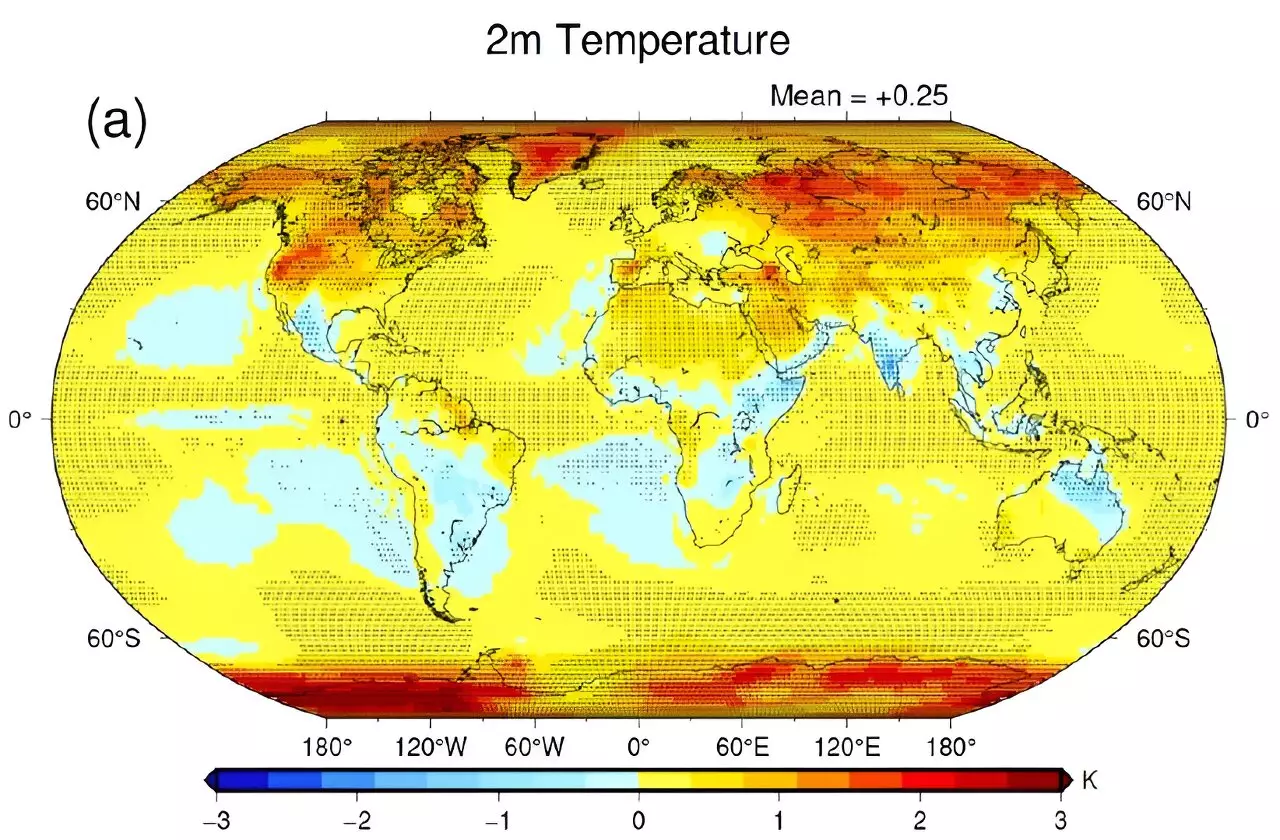Climate modeling is a complex process that involves various factors, with radiative forcing being a key metric. Radiative forcing is crucial for understanding the effects of different atmospheric components on climate change. While most climate models focus on factors like clouds, there is still uncertainty surrounding the radiative effects of precipitation.
A recent study led by Associate Professor Takuro Michibata from Okayama University delved into the influence of the radiative effects of precipitation (REP) on radiative forcing at different geographical scales. The study used three sub-versions of the Japanese GCM, MIROC6, to quantify the impact of precipitating particles on radiation budgets and hydrological cycles. The models included diagnostic precipitation without REP, prognostic precipitation without REP, and prognostic precipitation with REP.
The study found that REP not only affects local thermodynamic profiles but also remote precipitation rates and distributions by altering atmospheric circulation. The presence of precipitating particles resulted in a collective reduction in net shortwave radiation, known as the “parasol effect.” Conversely, there was an increase in net longwave radiation, especially in the Arctic, leading to surface warming and a slowing down of the hydrological cycle at a global level.
The inclusion of REP in climate models could help improve precipitation and temperature biases, ultimately enhancing the accuracy of climate simulations against observational evidence. The findings suggest that REP significantly influences the radiation budget and hydrological cycle on both global and regional scales, providing valuable insights into temperature and precipitation changes.
Understanding the impact of REP is critical for improving climate models, particularly in simulating the Arctic climate. By refining climate models, researchers can make more accurate predictions about future climate change and extreme weather events. The study’s process-level understanding of REP could also benefit other modeling groups in developing more advanced climate models.
Overall, the study sheds light on the importance of considering the radiative effects of precipitation in climate modeling. By addressing uncertainties in factors like REP, researchers can advance climate models to better predict and mitigate the impact of climate change on a global scale.


Leave a Reply